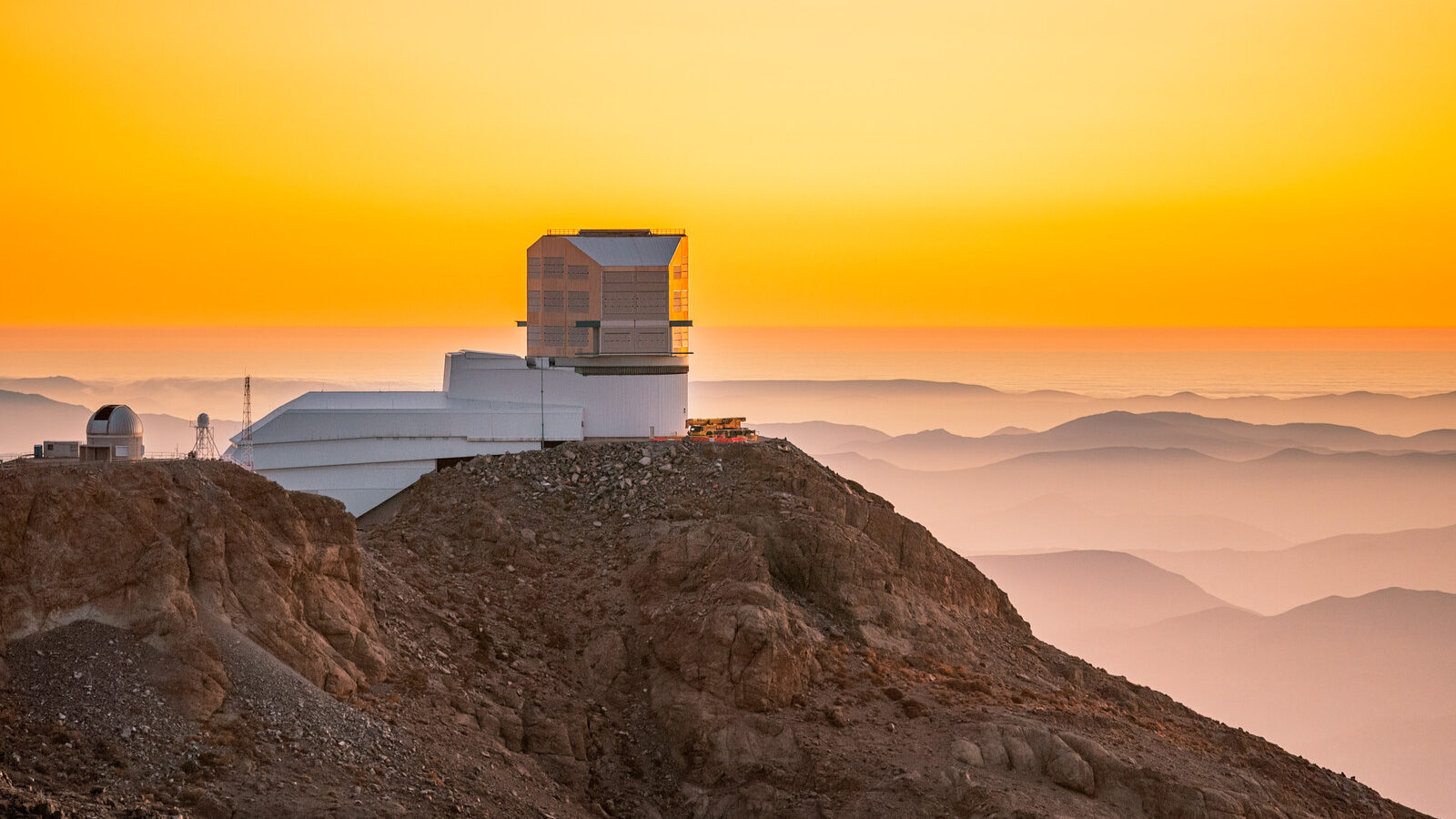Flight of the Prandtl: NASA's Mars Airplane Prototype Tests in Photos
Meet Prandtl-M
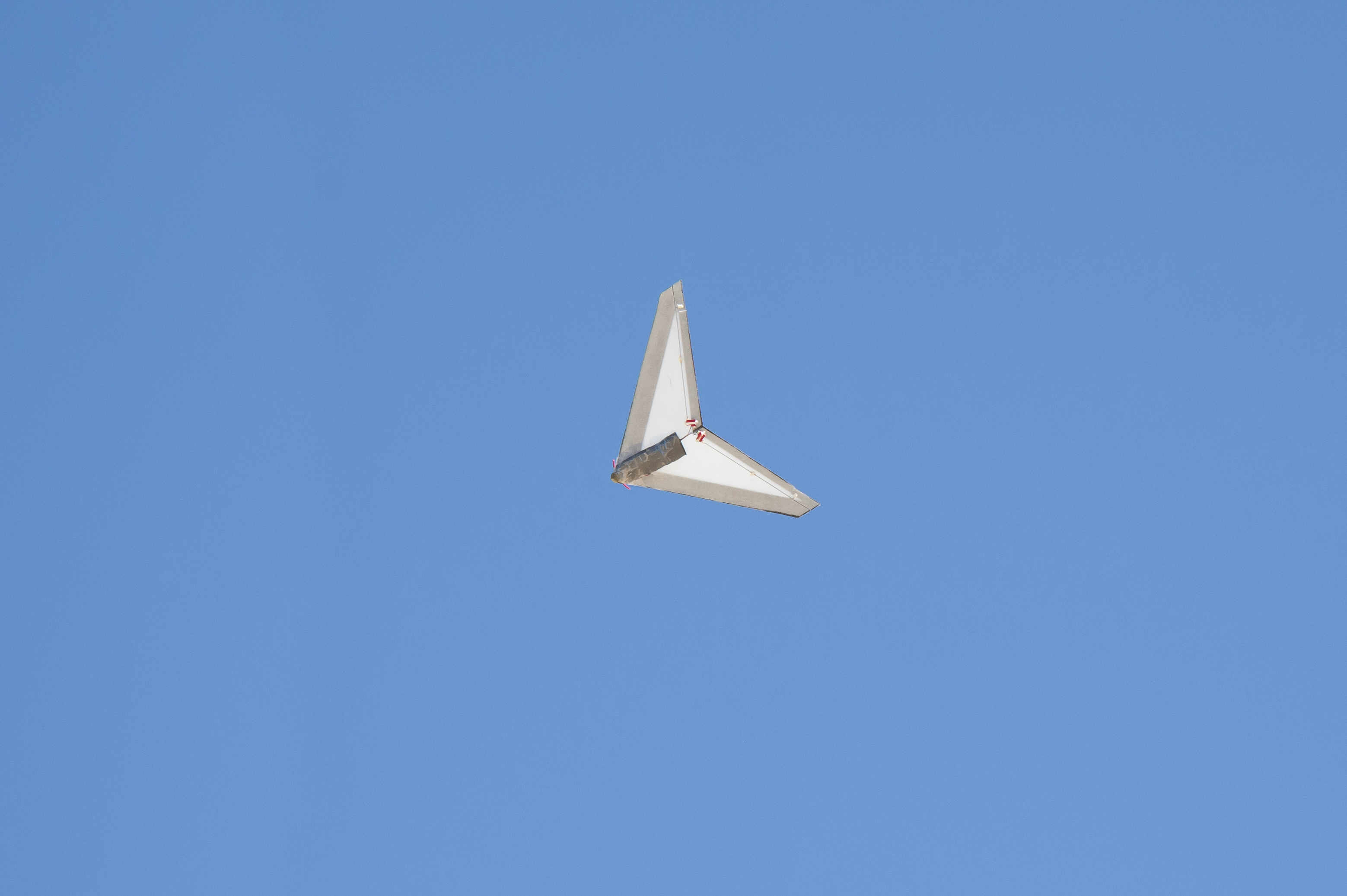
NASA has teamed up with community college students to create a small, unmanned and engine-free glider that may one day become the first airplane to soar through the Martian atmosphere. The Preliminary Research Aerodynamic Design to Land on Mars, or Prandtl-M, is pictured here during a test flight on Aug. 11 at NASA's Armstrong Flight Research Center in Edwards, California. During the past two summers, student interns collaborated with NASA to design and construct the aircraft. Read the full story here: This Student-Designed Aircraft Could Fly on Mars One Day
The First Mars Plane?
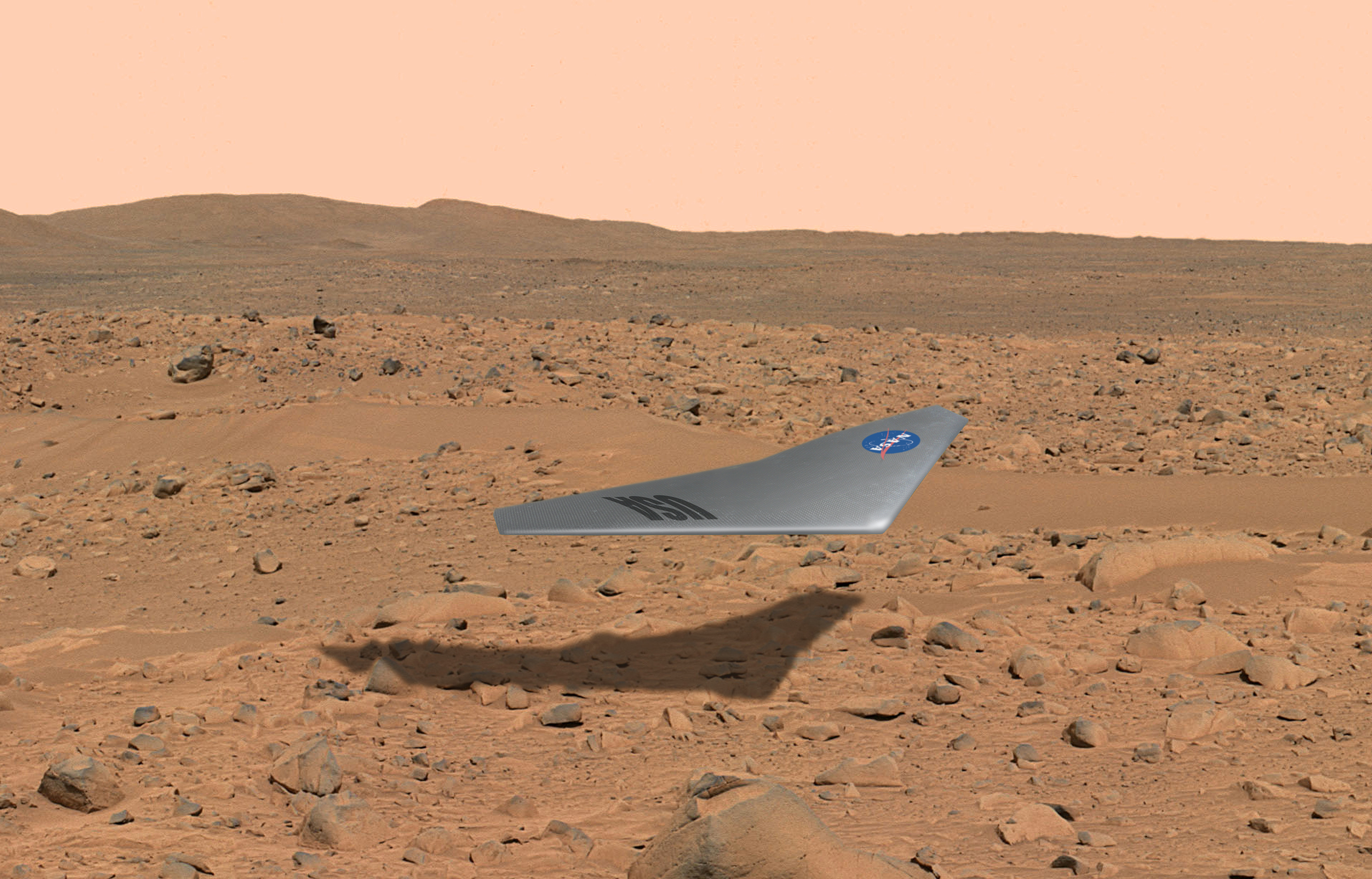
This illustration shows what a Prandtl-M might look like when flying over the surface of Mars. The team of students and NASA engineers who created the glider hope to see it take off to Mars with the next rover mission, Mars 2020. If NASA decides to bring Prandtl-M to Mars, the team will need to modify the design so it can fold up inside a 3U CubeSat,, a miniature spacecraft that could hitch a ride to Mars with the rover. But instead of landing on the planet, the CubeSat would separate from the rover's shell and deploy the glider a few thousand feet above the ground. Without an engine, the glider will be airborne for only about 10 minutes, covering maybe 20 miles (32 kilometers) before crashing into the soil. During its brief flight, the glider will be able to transmit close-up pictures of Mars and scope out potential landing sites for future Mars missions. [Tiny Glider Could Cruise Through Martian Skies]
Ludwig Prandtl
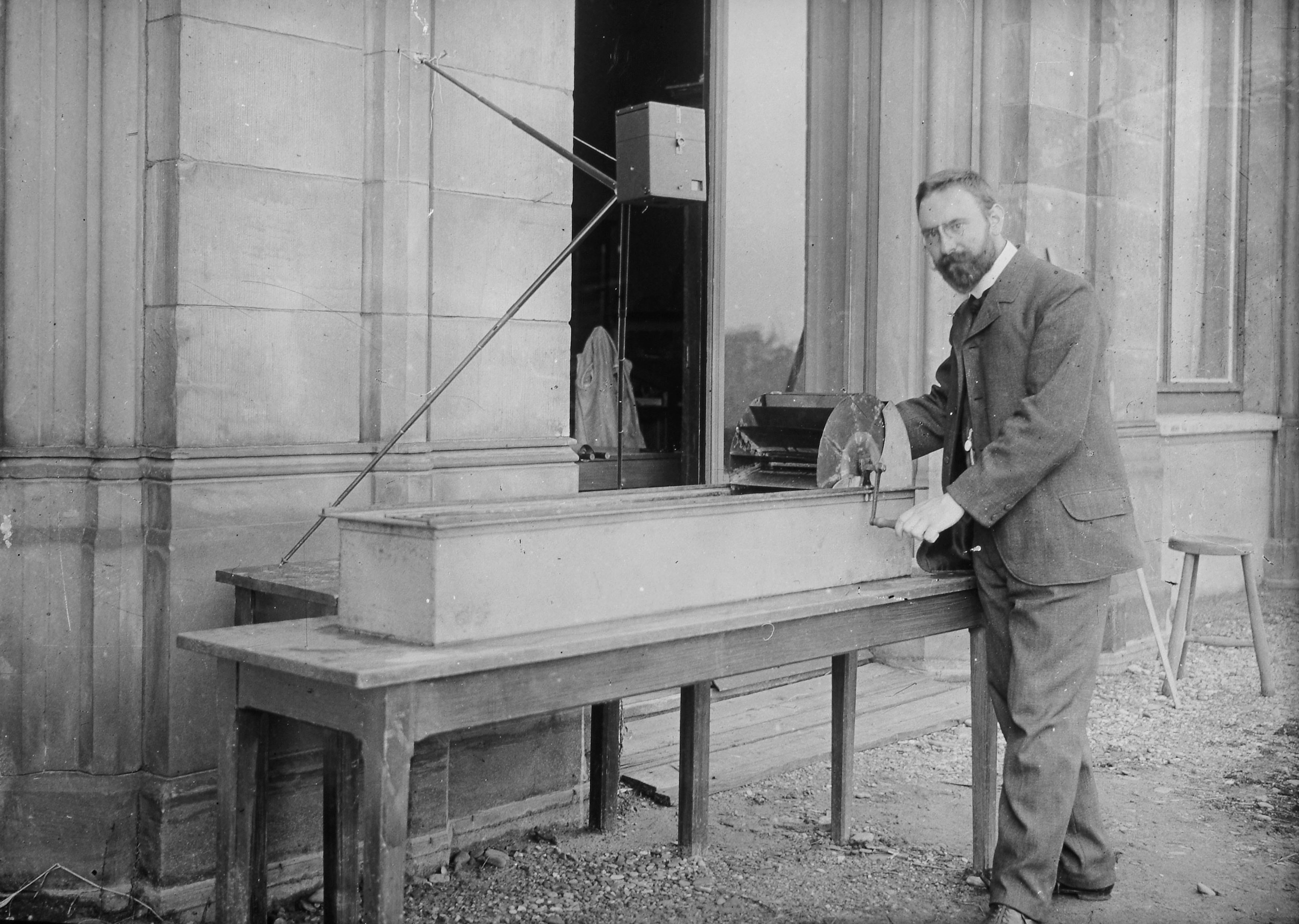
"Prandtl" is more than just an acronym; it's also the name of the man who came up with the concept for the aircraft's wings about a century ago. Ludwig Prandtl was a German aeronautical engineer in the early 20th century whose ideas built the foundation of modern aerodynamics. He was the first to propose a way to calculate and reduce drag, or air resistance, during flight. Prandtl proposed a wing design that could theoretically increase an aircraft's efficiency, reducing its drag by 11 percent.
A Bird-Based Concept
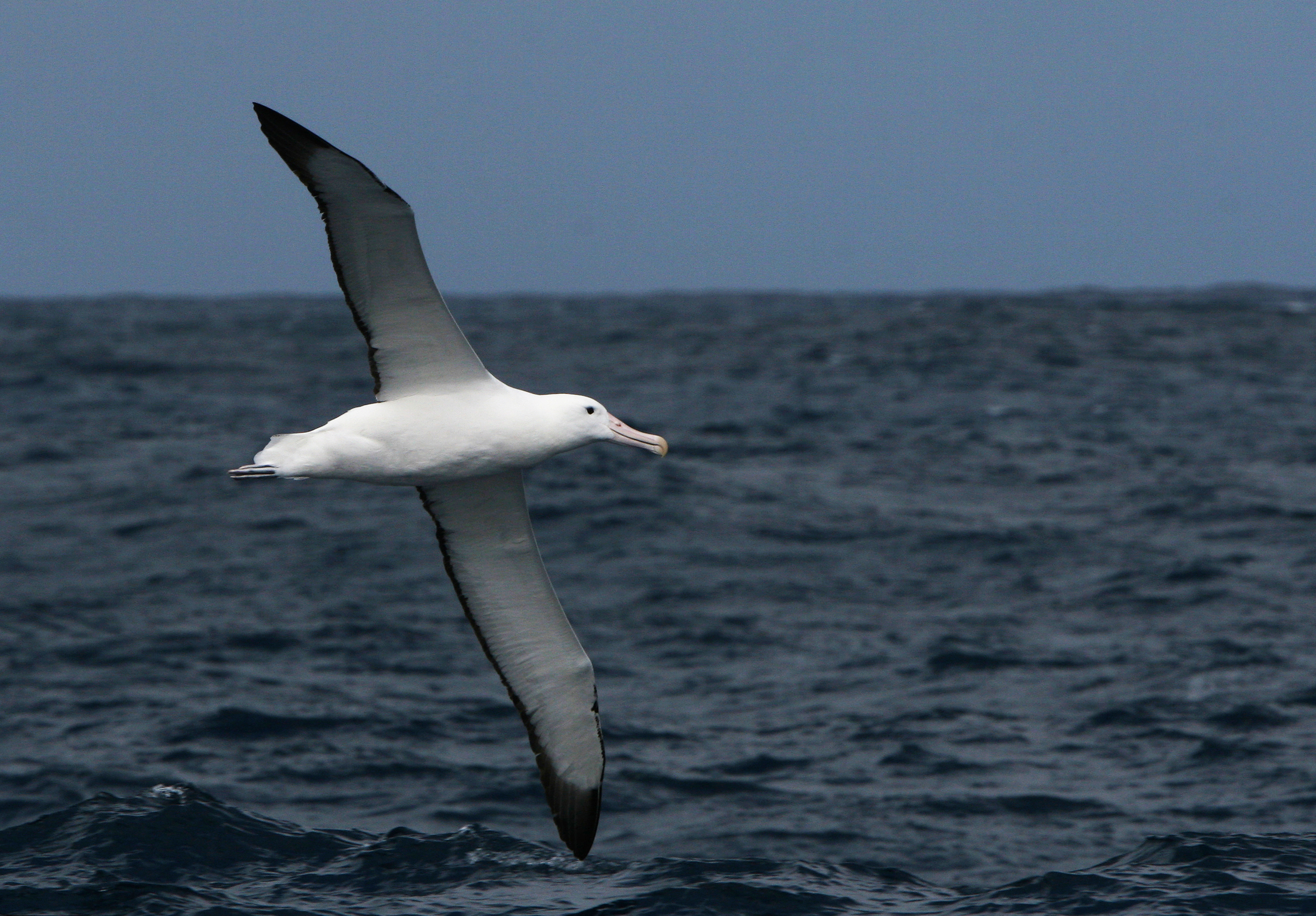
Prandtl wondered why airplanes require a rudder — a vertical tip at the back end — even though birds do not. Rudders exist to stabilize airplanes when they yaw, or twist, as a result of drag. Inspired by birds, he began experimenting with new wing shapes that would reduce the induced drag on the aircraft and eliminate the need for a rudder. The resulting design, detailed in a report published in 1925, accomplished all of the above while also maximizing the aircraft's efficiency.
Prandtl-D's first flight
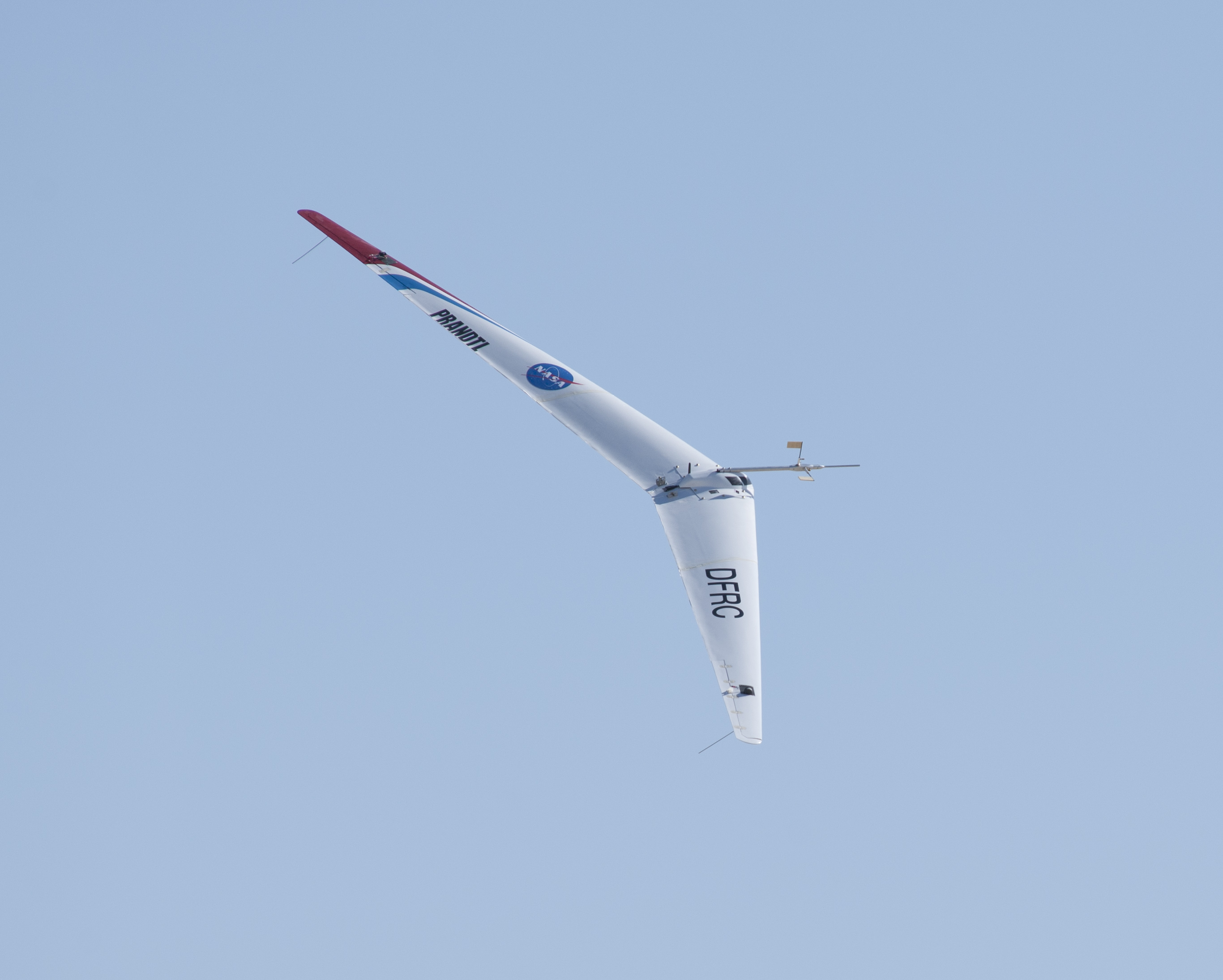
Before Prandtl-M came a similar project named Prandtl-D, or Preliminary Research Aerodynamic Design to Lower Drag. NASA's summer interns started working on this design in 2012. The purpose was to minimize the induced drag, or air resistance, on the wings to maximize efficiency. These wings are slightly twisted to reduce air resistance and enhance control during flight.
Where Bird Meets Boomerang
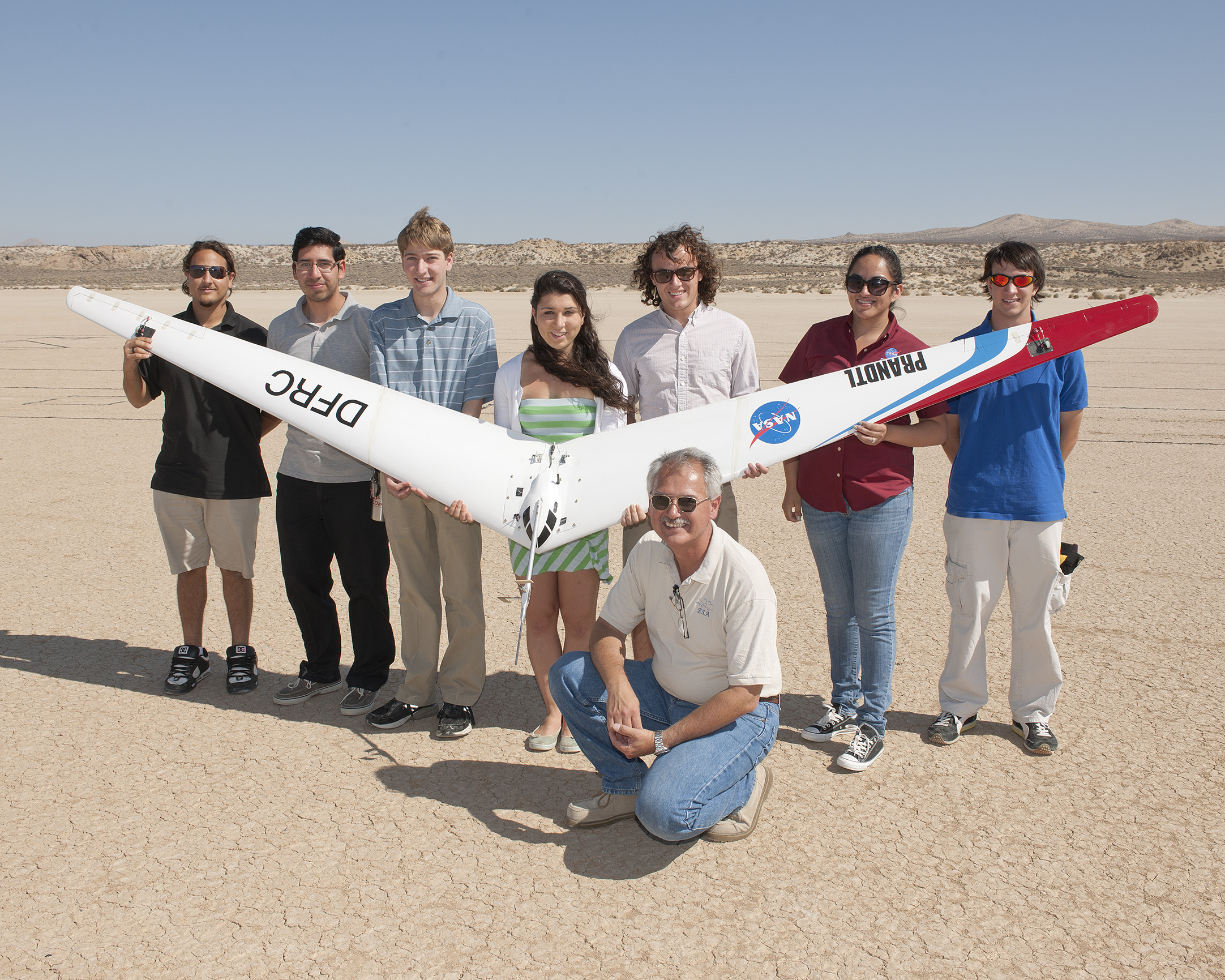
Prandtl-D No. 2 first took flight on Aug. 1, 2013. It featured a boomerang-like shape. Al Bowers, chief scientist at NASA's Armstrong Flight Research Center, poses here with the students he mentored in the 2013 NASA Aeronautics Academy. The first two prototypes of Prandtl-D had wingspans of 12.5 feet (3.81 meters). Its core is constructed with foam, while the exterior is a thin layer of carbon-fiber skin.
Prandtl-D No. 2 Brings On the Data
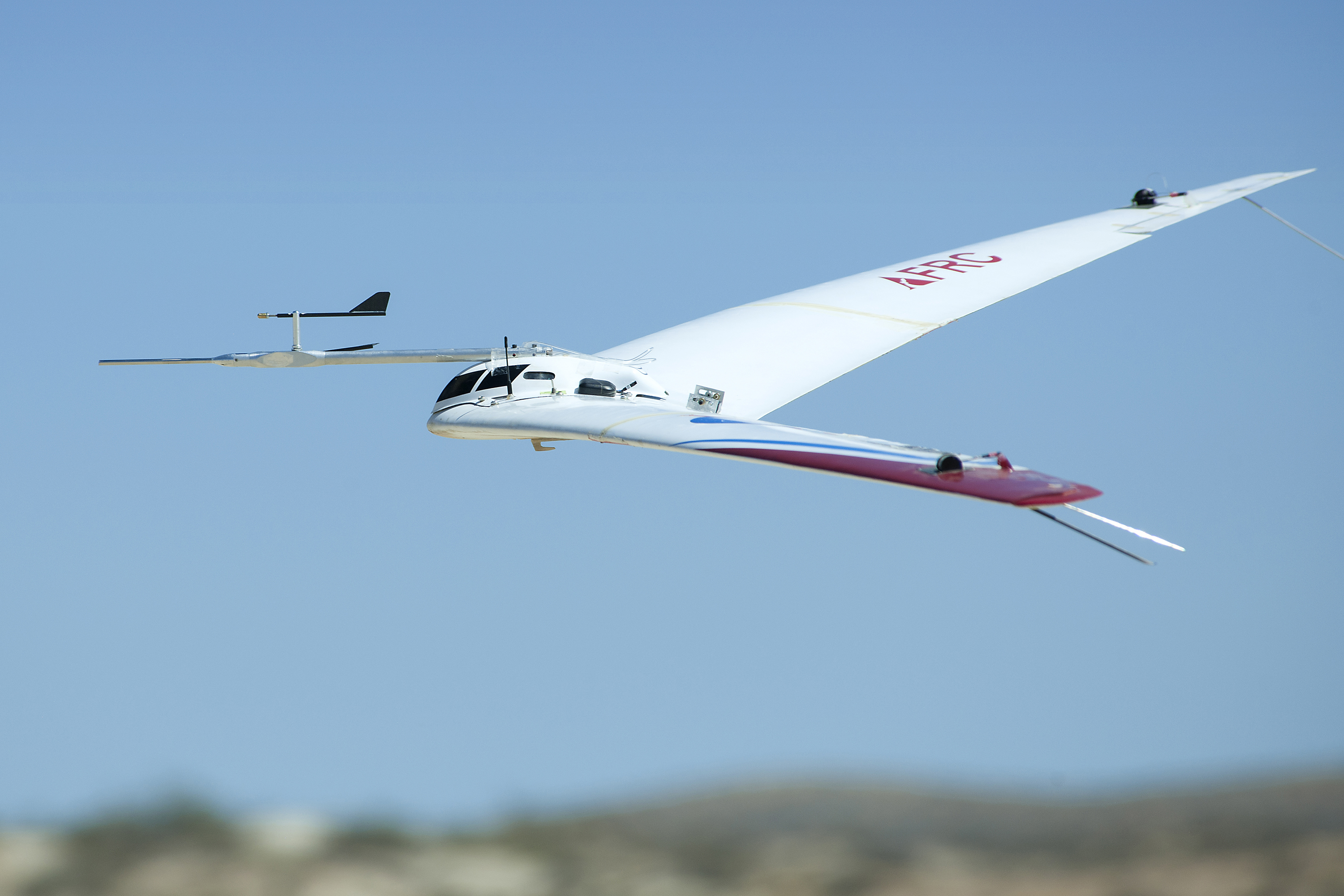
The second rendition of Prandtl-D looks a lot like the first model, but this one added a new flight data system. For the first time, the team had data to test whether their aircraft design was working efficiently. Several hours of flight data from Prandtl-D No. 2 flights demonstrated that Prandtl's ideas worked in practice and not just in theory. Here, the aircraft comes in for a landing after a test flight in June 2015.
Bungee-Cord Launch
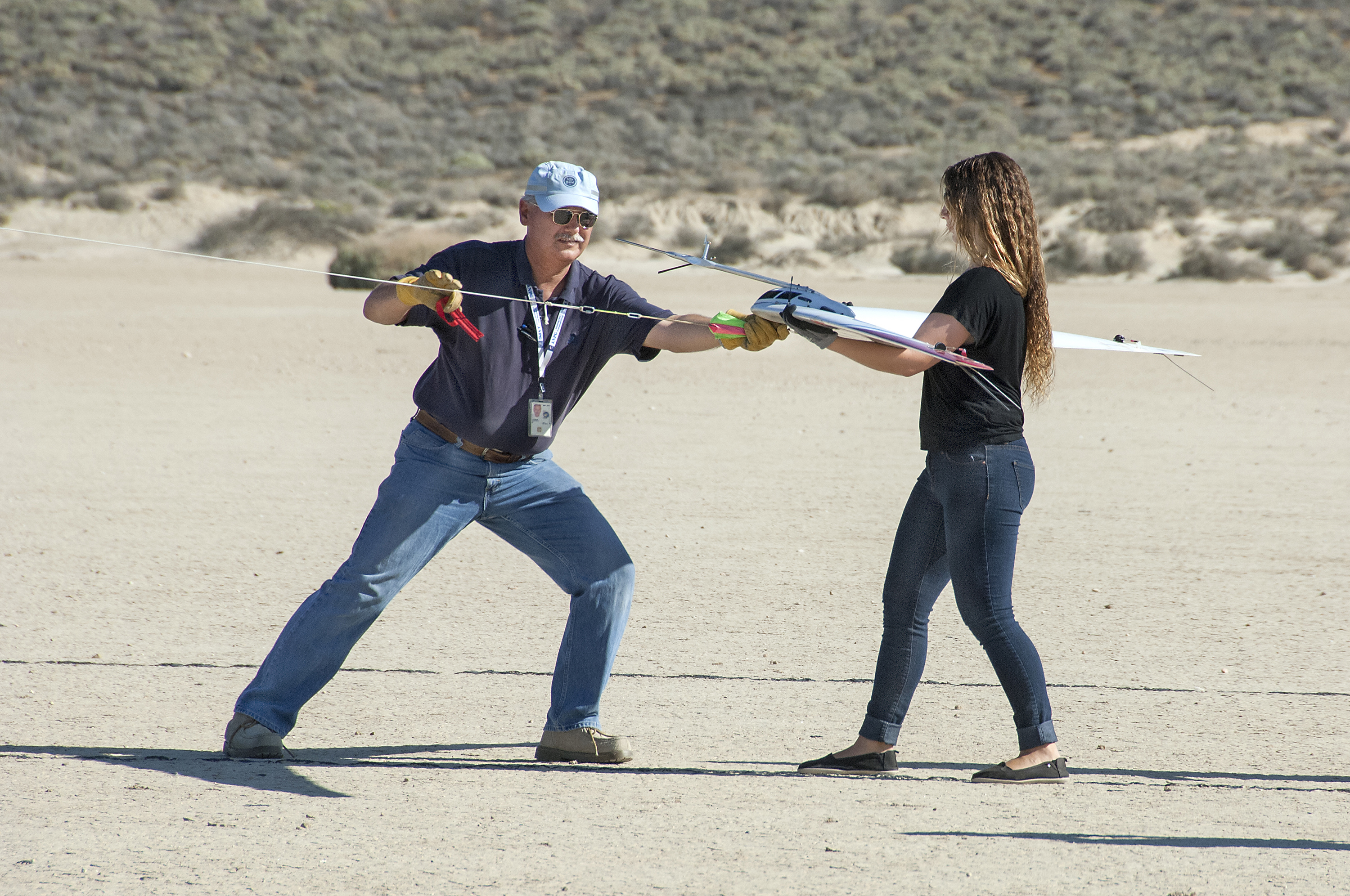
To launch Prandtl-D, the team first used a bungee cord. After launch, the glider flies like a kite on a string. In this photo, Bowers attaches a bungee cord to the aircraft while student Kassidy McLaughlin prepares to release and launch the aircraft. Later test flights with Prandtl-M would use a balloon to carry the glider to altitudes of about 100,000 feet (30,500 meters). Here, the air is about as thin as it would be in Mars' atmosphere.
Prandtl-D No. 3: First Flight
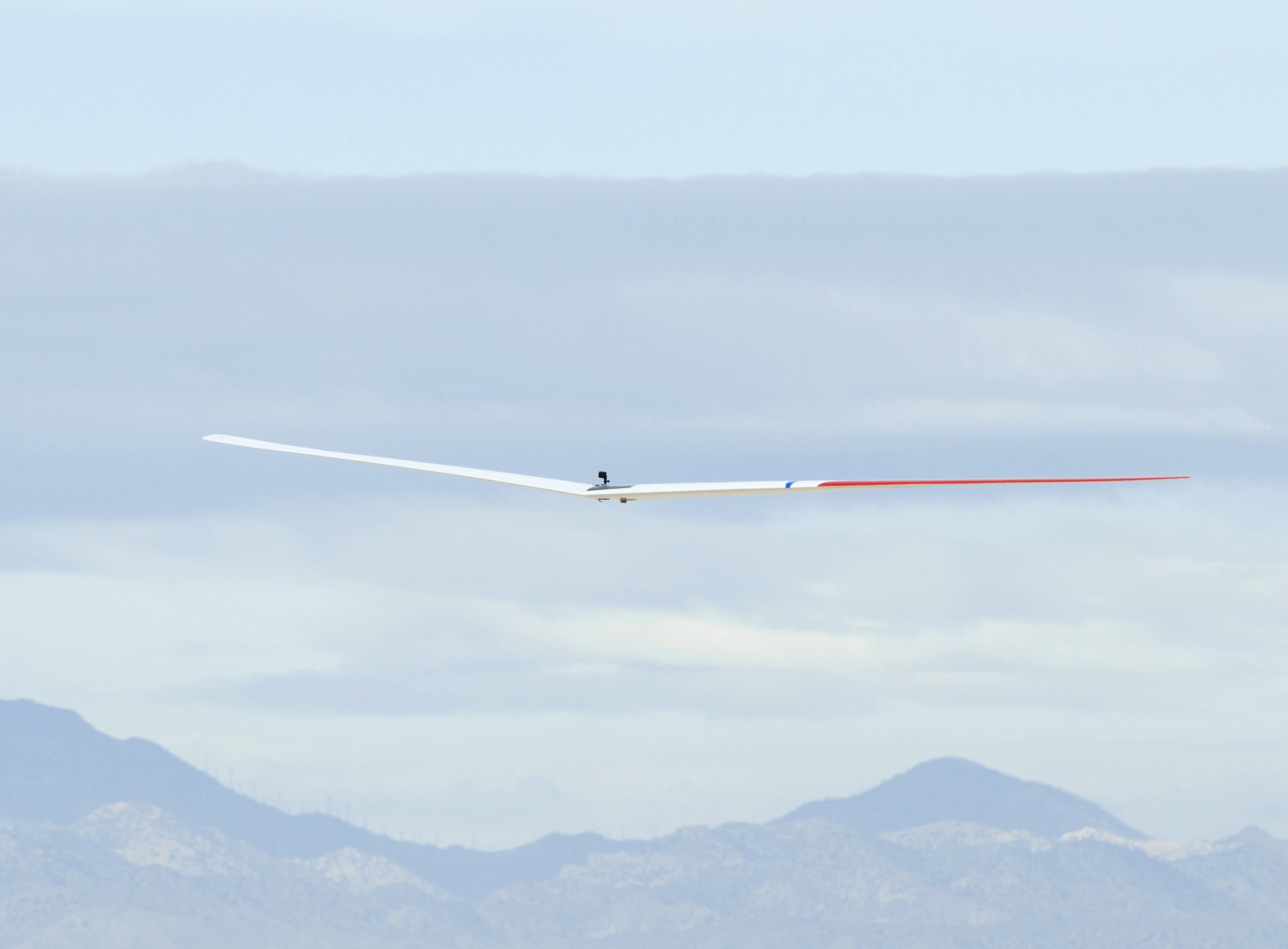
The Prandtl-D No. 3 research aircraft had its first test flight on Oct. 28, 2015. This version of the aircraft had double the wingspan and weight of its two predecessors. It weighs 28 pounds (13 kilograms) and stretches 25 feet (7.6 meters) across. This updated model features a structure made of carbon fiber that is covered in fiberglass skin. [NASA's Innovative Drone Glider Prototype Aces Test Flight
The Drop-Off
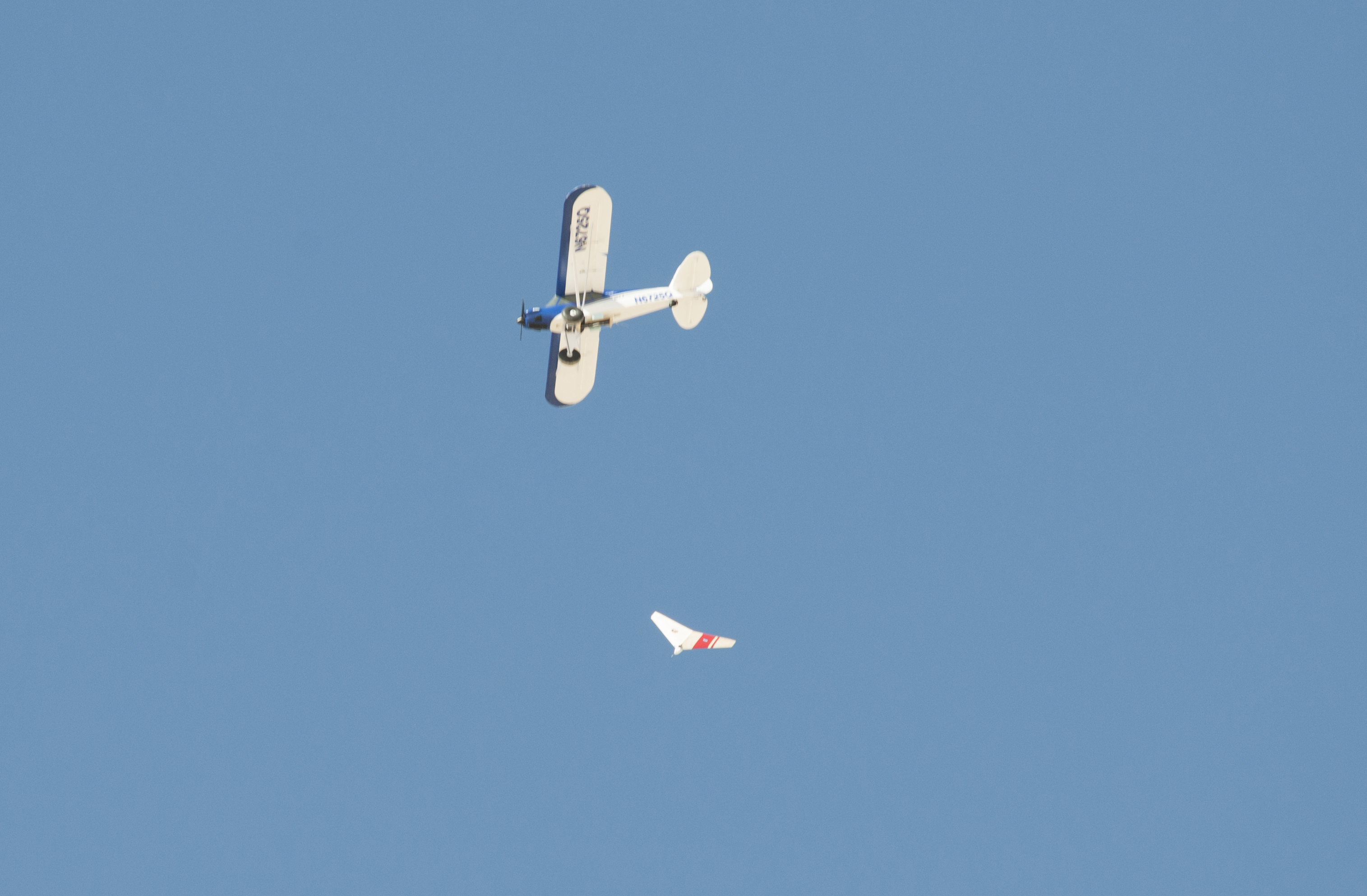
In recent test flights with Prandtl-M, a small aircraft called a Carbon Cub towed the glider up to an altitude of 500 feet (150 m) before letting it go. Then, the aircraft glided through the sky without the aid of an engine. Prandtl-M is much smaller than Prandtl-D, weighing less than 3 lbs. (1.4 kilograms), with a wingspan of just 2 feet (0.6 m).
Fetching Prandtl-D

At the end of a test flight, the aircraft smoothly lands by gliding over the sand. Then, student interns have to fetch it. In this photo, students David Lee, Golda Nguyen and Scott Gleason retrieve the Prandtl-D No. 3 after one of its first flights.
Join our Space Forums to keep talking space on the latest missions, night sky and more! And if you have a news tip, correction or comment, let us know at: community@space.com.
Breaking space news, the latest updates on rocket launches, skywatching events and more!

Hanneke Weitering is a multimedia journalist in the Pacific Northwest reporting on the future of aviation at FutureFlight.aero and Aviation International News and was previously the Editor for Spaceflight and Astronomy news here at Space.com. As an editor with over 10 years of experience in science journalism she has previously written for Scholastic Classroom Magazines, MedPage Today and The Joint Institute for Computational Sciences at Oak Ridge National Laboratory. After studying physics at the University of Tennessee in her hometown of Knoxville, she earned her graduate degree in Science, Health and Environmental Reporting (SHERP) from New York University. Hanneke joined the Space.com team in 2016 as a staff writer and producer, covering topics including spaceflight and astronomy. She currently lives in Seattle, home of the Space Needle, with her cat and two snakes. In her spare time, Hanneke enjoys exploring the Rocky Mountains, basking in nature and looking for dark skies to gaze at the cosmos.
